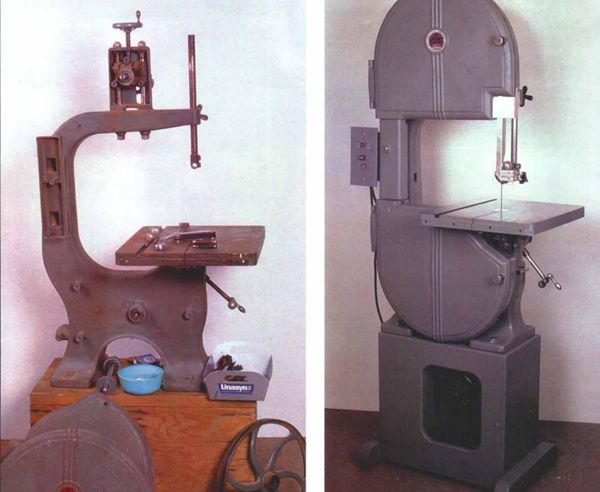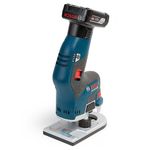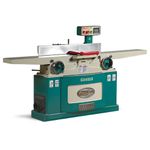Restoring Vintage Machinery
Bandsaw's lessons can be applied throughout the shop
Synopsis: If you’re thinking of restoring an old machine, it’s important to realize that many old machines are just a lot of cast iron with potential. The important question to ask before diving in, says Robert M. Vaughan, is whether the restored machine will be worth your trouble. Vaughan discusses the general procedures common to restoring any old woodworking machine. He starts by talking about how to move the machine (bring plenty of baggies for nuts and bolts), and covers inspection, cleaning, rust removal, machinery repairs, painting, electrical repairs, and how much it cost him overall to repair a bandsaw. Side information discusses building a machinery stand and the specific procedures Vaughan used to restore a Walker-Turner bandsaw.
What a bargain—a 16-in. WalkerTurner bandsaw for $80. All it needed was new tires, guides, motor, electricals, guards, stand, complete disassembly, cleaning and rust removal, one casting weld, repainting, reassembly and, of course, realignment of all the parts during reassembly. The good news was that all of the crucial components were there and in good condition; the other stuff I could fix. This wasn’t an $80 bandsaw, but an $80 bandsaw kit. It was up to me to turn it back into a bandsaw.
I had to weigh the value of the restored bandsaw against commercially available machines. A resaw capacity of 12 in., 400 lbs. of quality American cast iron and a 16-in. throat depth are all factors that made this moderate-sized machine worth restoring. If this had been one of WalkerTurner’s 14-in. models, I would have passed. The work required to restore it would have been the same, but the result would have been little better than a new Powermatic or Delta 14-in. model.
If you’re thinking of restoring an old machine, it’s important to realize that it’s a very rare old machine that’s ready to run. Almost all are like this machine was—a lot of cast iron with potential. Bearings, belts, pulleys, switches, wires and motor almost always need replacement. One reason that bandsaws are so popular to restore is that the parts that wear out can almost always be obtained from sources other than the original manufacturer. The important question to ask before diving into a restoration is whether the restored machine will be worth your trouble.
In this article, I’ll discuss the general procedures common to restoring any old woodworking machine, as well as the more specific procedures that were necessary to get this bandsaw back into top form. And while the general procedures are applicable to just about any machine restoration, even the bandsaw-specific procedures illustrate ways of addressing problems common to all woodworking equipment—ways, for example, of dealing with dust, alignment problems and beatup or missing guards. The principles of machinery restoration are the same regardless of the machine.
Moving the machine
Moving any heavy machine from one shop to another is always a chore. There are no rules on how to accomplish it other than to be prepared. I have help on hand for lifting. I generally bring resealable plastic bags for nuts and bolts and a note pad to record the disassembly sequence and to label parts bags. I also bring wrenches and WD-40 for disassembly of any heavy or protruding parts that might impede handling. I often remove the table, and any guards or pulleys, and I always try to remove the motor and cord. I make sure there are a couple of floor floats (four casters on a piece of plywood) ready in my shop, so I can move the machine around during the restoration process.
From Fine Woodworking #98
For the full article, download the PDF below:
Fine Woodworking Recommended Products

Bosch 12V Trim Router

Grizzly G0495X Industrial Helical Cutterhead 8-in. Jointer

Hedgehog featherboards




















Log in or create an account to post a comment.
Sign up Log in